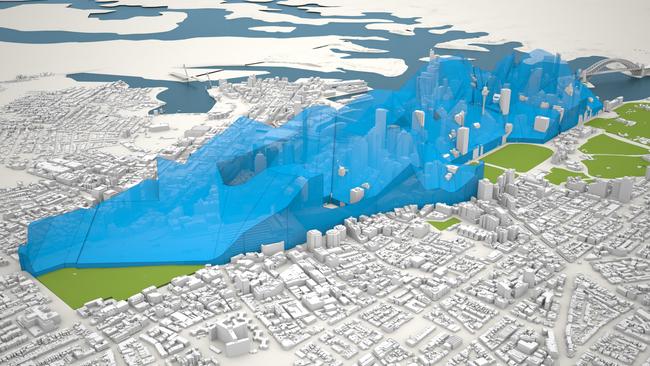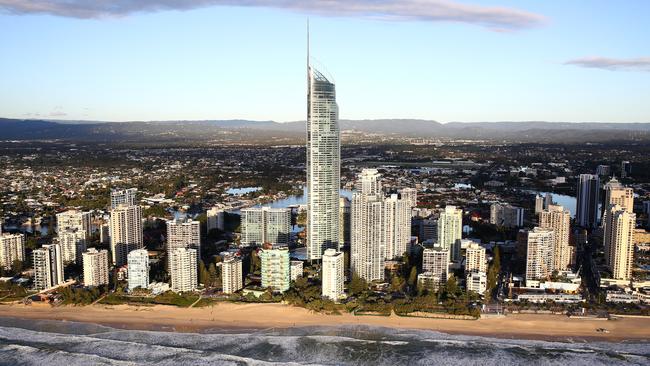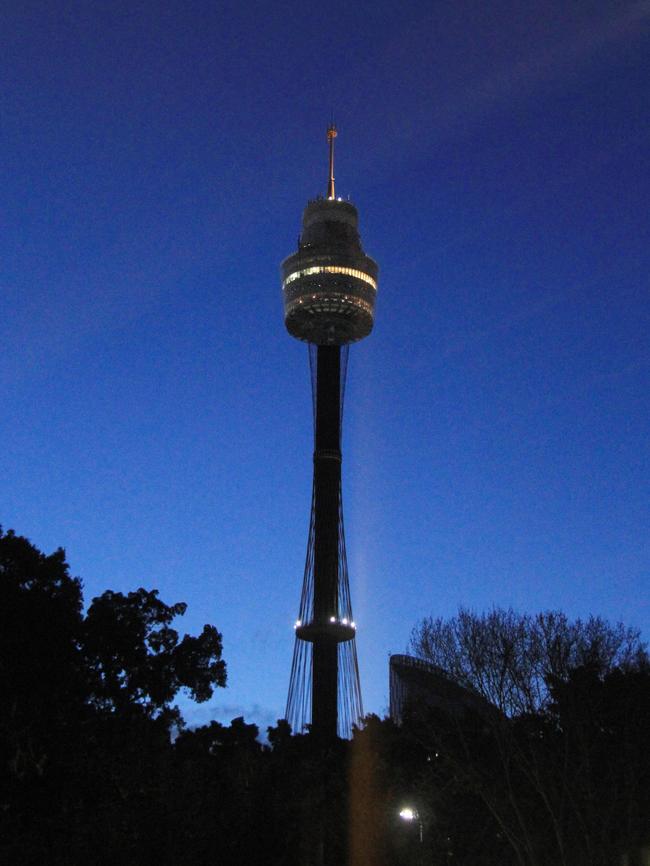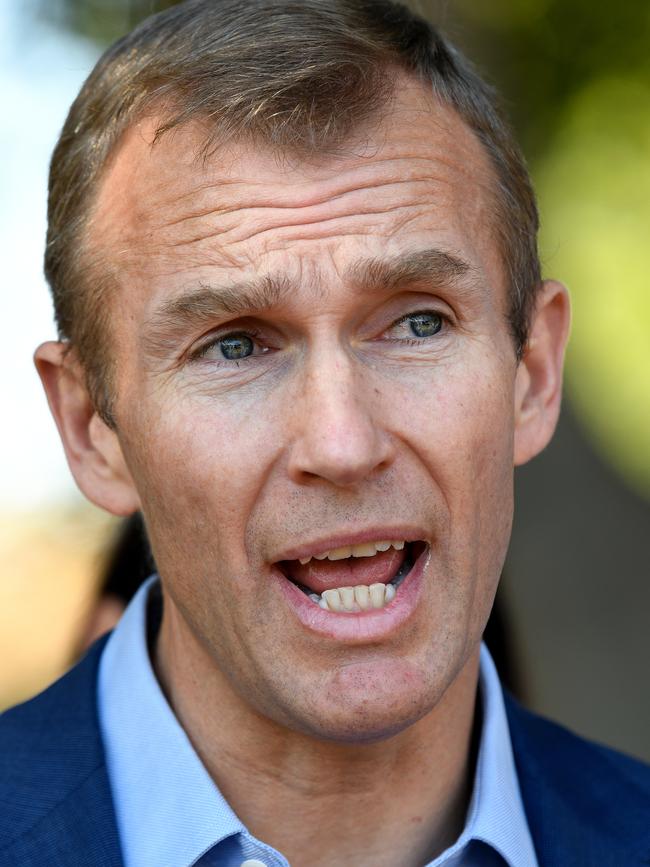Sky’s the limit as 330m-high buildings get green light in CBD
Skyscrapers will overtake Sydney’s tallest building for the first time since 1981 after the State Government and Sydney Lord Mayor Clover Moore agreed to allow 330m buildings in the CBD.
Skyscrapers will loom over Sydney Tower in as little as two years after a historic deal to allow 330m-high buildings in the CBD.
Planning Minister Rob Stokes and Sydney Lord Mayor Clover Moore have agreed to supercharge the Sydney skyline and bring an extra 350,000 jobs into the city.

The in-principle decision — subject to procedural finalisation in February — was made earlier this week and means the 309m-tall Sydney Tower will be overtaken for the first time since it was completed in 1981.
If a 330m-tall tower is built quickly, Sydney could also regain the prize of having the tallest building in Australia — at least for a while.
That title currently belongs to the 323m Q1 tower on the Gold Coast, which has been the nation’s tallest since 2005.
Melbourne will try to take the title with the 356m-tall Beulah Tower — but that is yet to gain planning approval.
Current height restrictions limit Sydney’s buildings to about 275m — the vertical limit of Crown’s Barangaroo development when it opens in February 2021.

MORE FROM BEN PIKE
Dead and buried: One foot deep and nine to a grave
Former Auburn mayor hires man who referred him to ICAC
Restrictions have been based on outdated aviation rules in place since the early 1980s.
The changes relate to four distinct precincts near Barangaroo, Circular Quay, Central and Town Hall and increase the proportion of office space at the expense of residential development.
The move to limit apartment numbers has angered developer lobby Urban Taskforce, which said the city turns into “an empty wind tunnel without people after dark”.
Mr Stokes said endorsing the City of Sydney’s Central Sydney Planning Strategy will ensure Sydney “is not a little provincial city any more”.


“Today’s agreement will see Sydney soar, with brilliantly designed buildings reaching up to 330m, ” Mr Stokes said.
“It’s a historical milestone and people will look at this strategy as a turning point in the built form of this city.”
Mr Stokes said we will see 330m towers “over the next couple of years”.
“These are big buildings and will take a long time to design but I know that there is pent-up demand and we want to encourage investment,” Mr Stokes said.
The Sydney changes mean that there will be almost three million square metres of extra office space across the CBD, which can support as many as 350,000 new jobs.

The agreement comes as the government deals with the fallout from the Independent Planning Commission’s rejection of The Star’s $500m Ritz-Carlton development in November.
Premier Gladys Berejiklian has since ordered the Greater Sydney Commission to review the area’s planning rules.
The Star’s proposal for a 271m tower was eight times the height allowed by the area’s current planning controls.
Asked if this new agreement makes it easier for Pyrmont to go higher, Mr Stokes said: “Yes”.
“This strategy doesn’t relate specifically to that area (Pyrmont) but it nestles in with our strategy that is currently underway,” Mr Stokes said in reference to the ongoing GSC review.
“And the Premier has been clear that she expects a timeline for new planning controls within a year and so the two documents will very much speak to one another.”

City of Sydney Lord Mayor Clover Moore said the 20-year plan is the most comprehensive urban planning strategy for Central Sydney in 45 years.
She said they have been waiting almost three years for this decision.
“If we want Sydney to maintain its status as a global city and economic powerhouse,
it’s vital that we balance the need for commercial floor space with residential
development in the city centre,” Ms Moore said.
The Sunday Telegraph understands that the new deal will mean that no building will be more than 50 per cent residential.
However, there will be buildings around Chinatown that will get close to the amount, while buildings closer to Circular Quay will have a greater focus on commercial.


Sources familiar with the deal said the City of Sydney has allowed more residential development than what they were originally asking for in the draft strategy.
Urban Taskforce CEO Tom Forrest said the deal would hollow out the city because it places an artificial constraint on new residential development in the CBD.
“This new plan represents a concerning shift away from residential development in the CBD of Sydney and it is not consistent with what the City of Sydney proposed in its plans,” Mr Forrest said.
“This is another state government policy away from a vibrant, mixed use, energised 24-hour city.”
